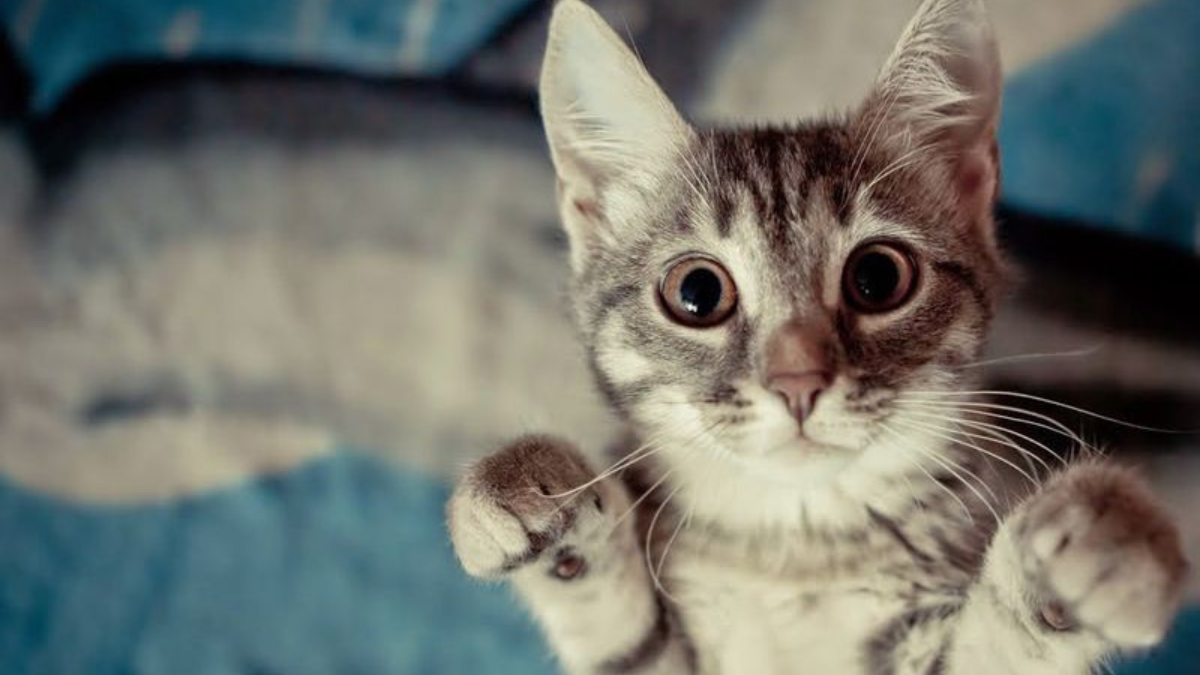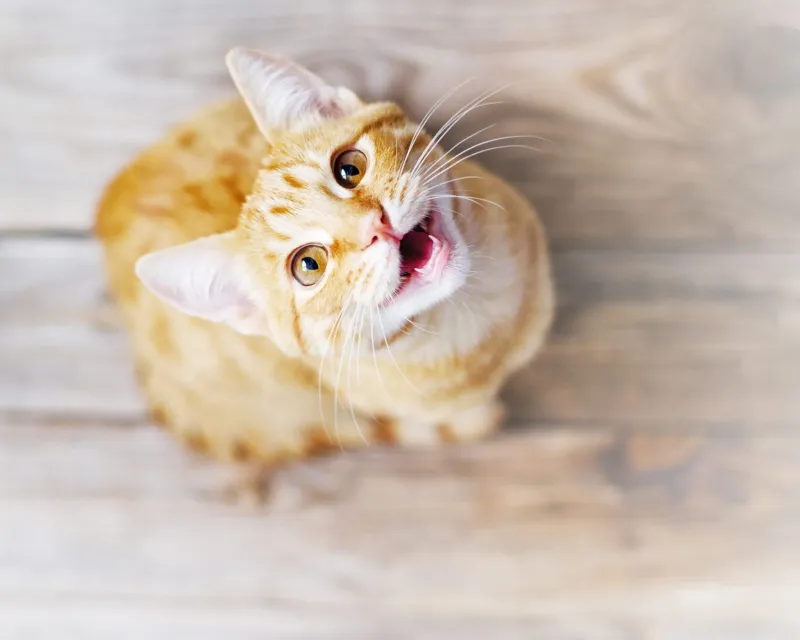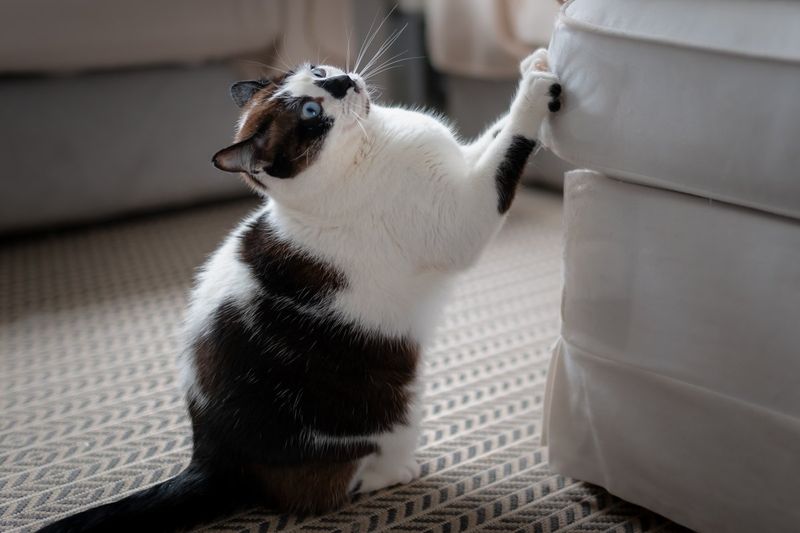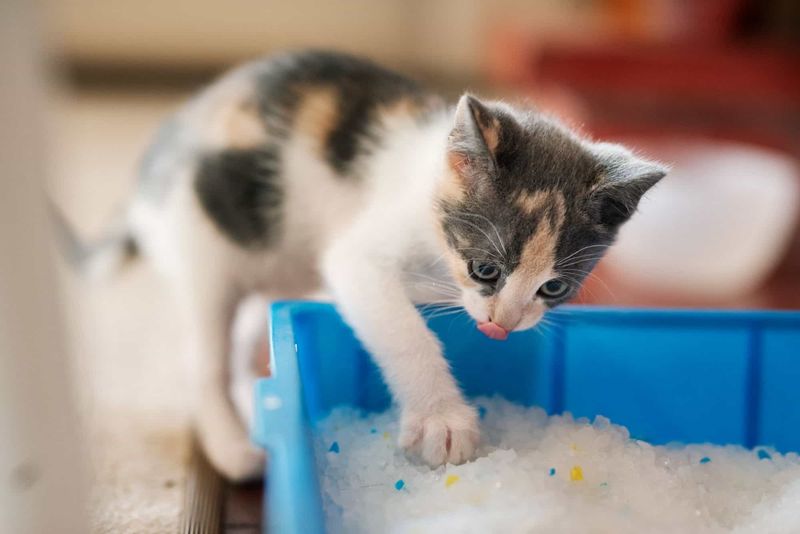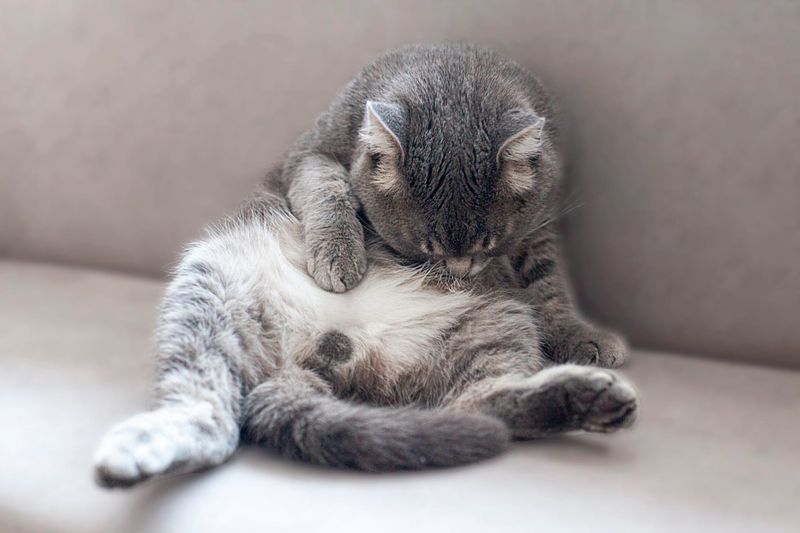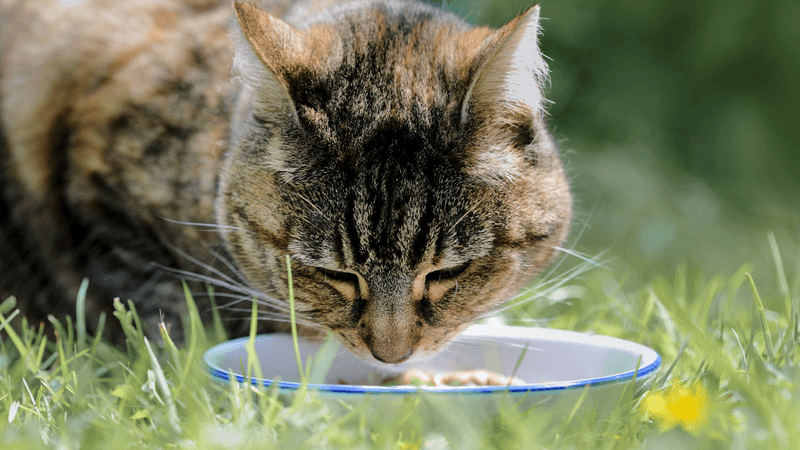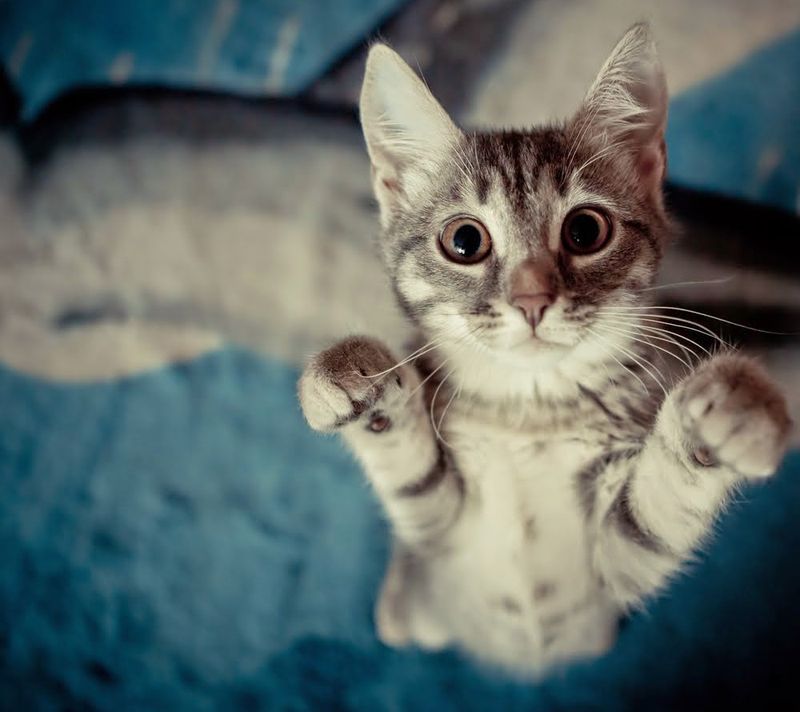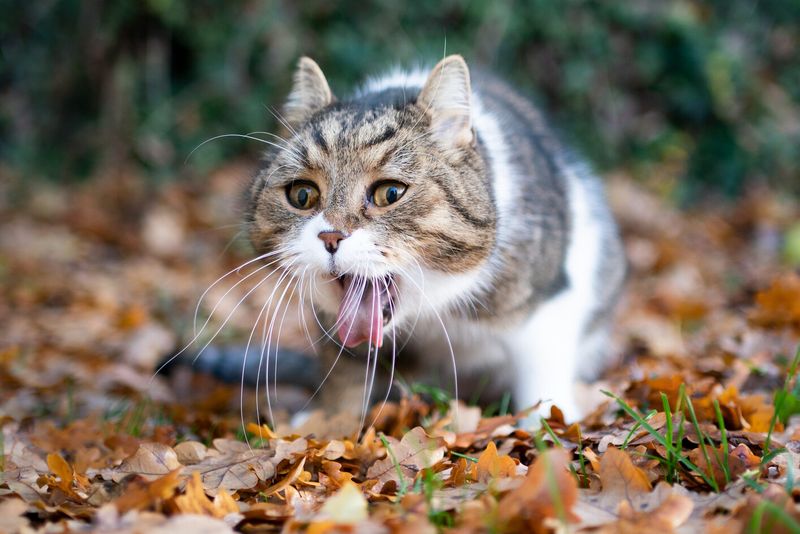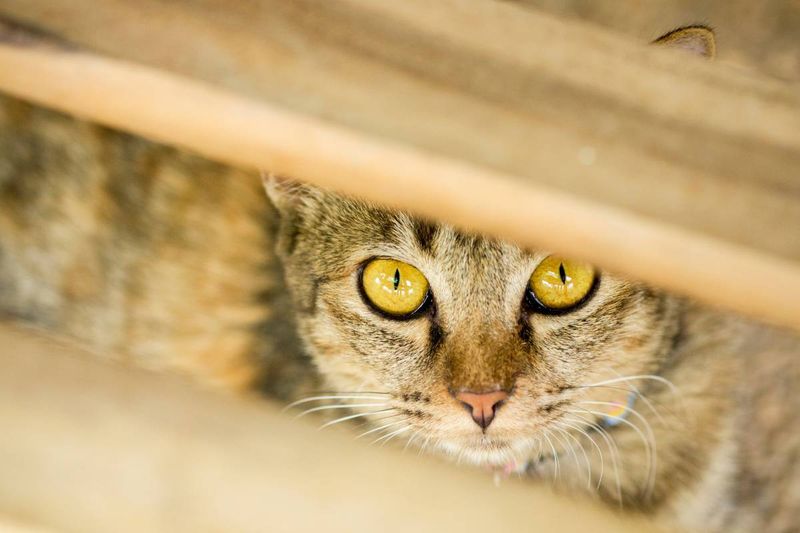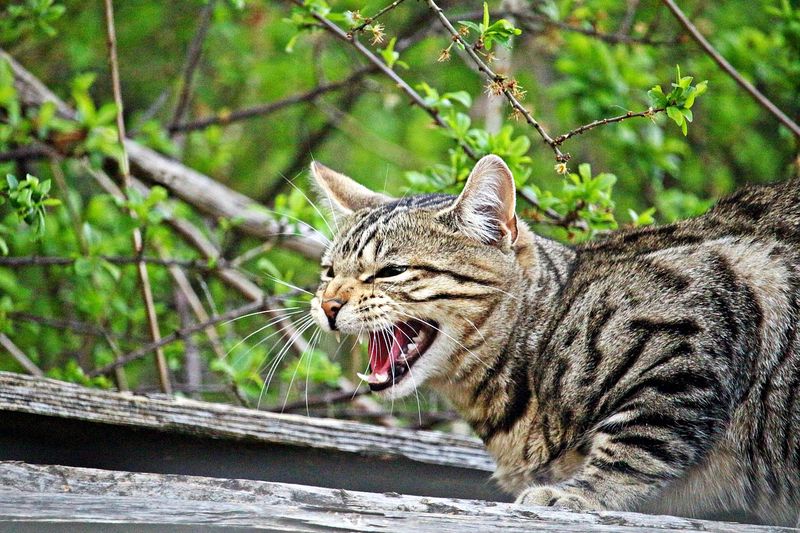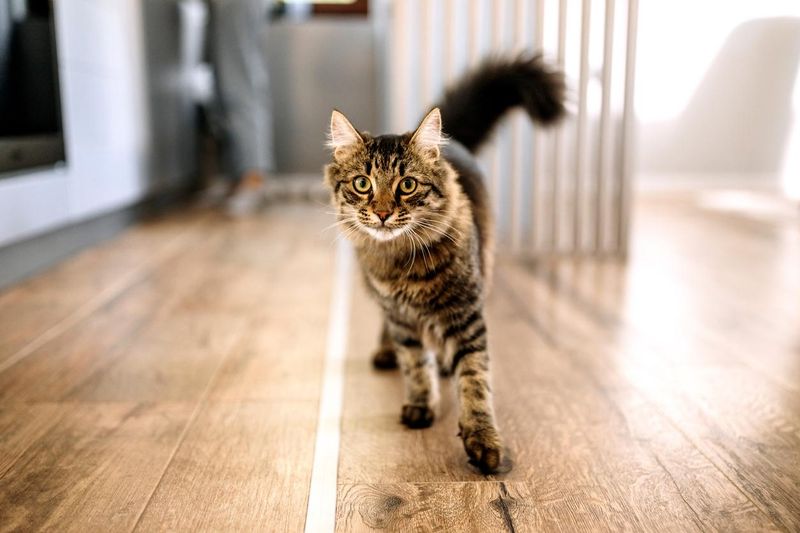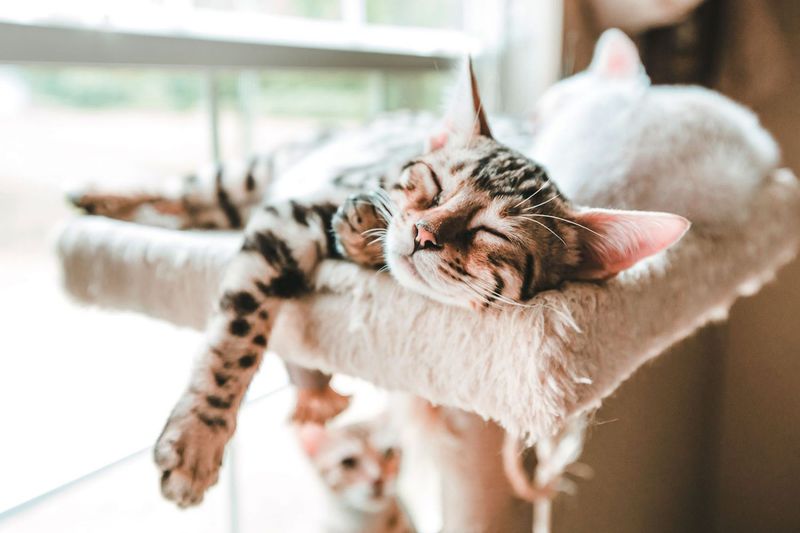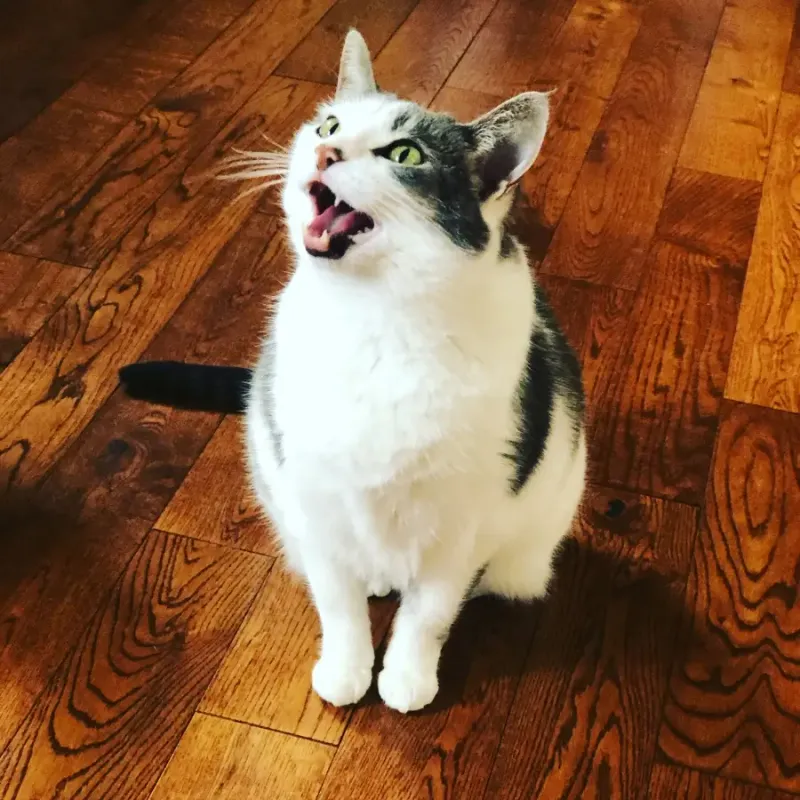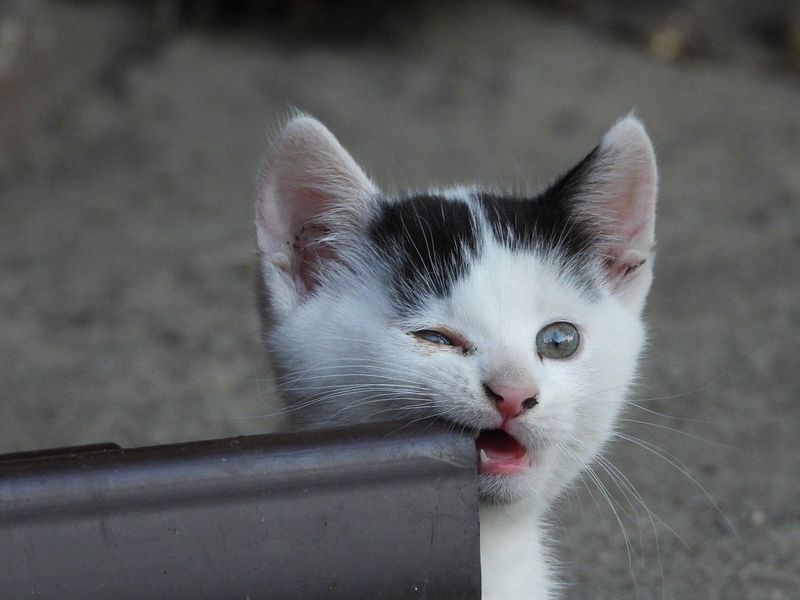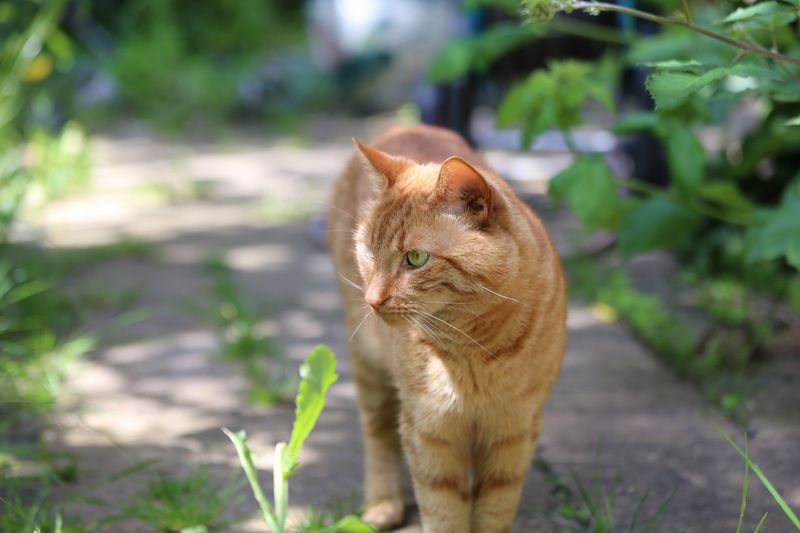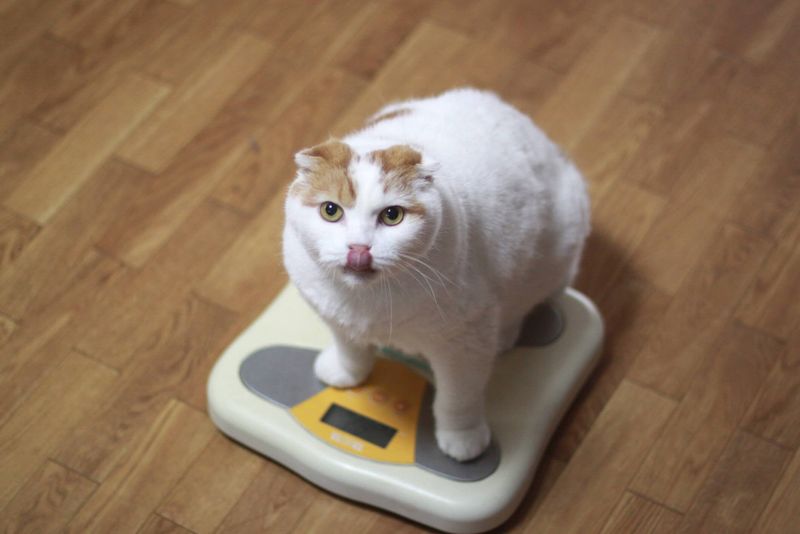📖 Table of Content:
Cats, often seen as independent and self-sufficient, can form deep emotional bonds with their owners. When left alone for long stretches of time, these bonds can lead to separation anxiety, a condition that affects both their mental and emotional well-being. The symptoms of this anxiety can range from subtle to obvious, impacting their behavior and overall happiness.
Recognizing the signs of separation anxiety is essential for providing the right support. A cat’s anxious response to being alone can manifest in destructive behavior, vocalizations, or changes in eating and litter box habits. Understanding these signs helps ensure that appropriate measures are taken to alleviate their distress.
Taking action to ease a cat’s anxiety involves more than just recognizing the symptoms—it also means offering solutions and support. While separation anxiety can be challenging, identifying the problem early on makes it easier to manage. Here are 15 key signs that may indicate your cat is struggling with separation anxiety.
1. Excessive Meowing
Cats meow to communicate, but excessive meowing can indicate distress. If your cat meows incessantly when you leave or return, it may be experiencing separation anxiety. This behavior can be accompanied by an increased pitch or urgency in their meows. Understanding the cause is vital. Perhaps your cat is lonely or bored. Consider providing interactive toys or leaving the TV on for background noise.
Additionally, maintaining a consistent routine can help comfort your cat. Ensure that you spend quality time together before leaving, and provide a warm welcome upon your return.
2. Destructive Behavior
Cats under stress may begin to claw furniture or chew on household items. These behaviors are signs of anxiety and a need for relief. Providing scratching posts can give them a proper outlet for their frustration.
Also, consider introducing pheromone diffusers designed to calm anxious cats. They release synthetic feline pheromones which can provide a sense of security. By addressing environmental enrichment and offering adequate stimulation, you can help reduce your cat’s anxiety-driven destructiveness.
3. Litter Box Issues
A change in litter box habits can often point to anxiety in cats. Cats under stress may urinate or defecate outside their designated area. Regularly cleaning the litter box can help, as a dirty box can make the problem worse.
Consider the location of the litter box; it should be in a quiet, accessible place. If problems persist, consulting a vet can rule out medical issues. Providing a second box might also help. By understanding your cat’s preferences and reducing stressors, you can encourage proper litter box usage.
4. Excessive Grooming
Cats under stress may over-groom, which can cause bald spots or skin irritation. This behavior is often a result of anxiety. Keeping your cat engaged with different toys and regular playtime can help alleviate their stress and prevent excessive grooming.
Consider consulting a veterinarian if the behavior persists, as it could indicate an underlying health issue. By creating a nurturing environment, you can help your cat feel more secure and reduce anxiety-driven grooming.
5. Appetite Changes
When stressed, cats may experience changes in appetite, either eating too little or too much. A noticeable disinterest in food can signal anxiety. Monitoring your cat’s eating patterns and sticking to a regular feeding schedule can help alleviate stress.
Offering a variety of diets might spark interest. By ensuring a balanced diet and attentive care, you can address appetite fluctuations linked to anxiety.
6. Clinginess
An overly affectionate cat that follows you everywhere might be showing signs of anxiety. This behavior, often demanding more attention, can indicate distress when alone. Encourage independence by engaging your cat in solo play. Interactive toys can keep them occupied. Gradually increase the time your cat spends alone to build confidence.
Providing a cozy space with comforting scents or a special toy can also help. By fostering independence while ensuring affection, you can ease your cat’s anxiety.
7. Vomiting
A feline that vomits more than usual might be reacting to emotional discomfort or being left on their own. This behavior often happens when they’re feeling out of sorts. Adjusting their diet and making sure they eat slowly could help reduce the frequency of these episodes.
If vomiting persists, consult a veterinarian to rule out medical issues. Reducing household stressors and creating a peaceful environment can help. By addressing anxiety and maintaining a stable routine, you can prevent stress-induced vomiting.
8. Hiding
Ever noticed your cat disappearing into dark, secluded spots? It’s their way of creating a bubble of comfort when they’re feeling uneasy. Providing quiet, safe spaces while gradually coaxing them into exploring more can turn their hide-and-seek habit into a step toward building confidence.
Avoid forcing them out of hiding, as this can exacerbate anxiety. By offering support and understanding, you can help your cat feel more comfortable and reduce the need to hide.
9. Aggression
Hissing and swatting are common signs that your cat feels cornered or uneasy. When stress takes over, cats can act out defensively. Understanding the causes of their anxiety and offering them a quiet, safe area to escape to can help manage their aggressive behavior.
Consult a veterinarian for behavioral guidance if necessary. By providing a calm environment and addressing stress factors, you can reduce aggressive tendencies.
10. Pacing
The sight of a cat pacing back and forth is like watching them wrestle with their inner restlessness. It’s their attempt to self-soothe in a way that doesn’t quite work. By offering stimulating toys or new activities, you can help them channel that energy into something more positive.
Regular playtime can also help burn off nervous energy. Stimulate the environment and ensure adequate exercise, so you can help your cat feel more settled and reduce pacing.
11. Excessive Sleeping
While cats sleep a lot, excessive sleeping can indicate anxiety or depression. A stressed cat might sleep to escape discomfort. Monitor your cat’s sleep patterns and ensure they’re getting enough mental stimulation. Interactive toys and playtime can encourage activity.
If lethargy persists, consult a veterinarian to rule out health concerns. By promoting an active lifestyle and reducing stress, you can help your cat maintain healthy sleep habits.
12. Increased Vocalization
If your cat’s cries echo through the house when they’re left alone, it’s a sign they may be struggling with anxiety. Their vocal outbursts are a way of expressing their discomfort. Providing plenty of interactive toys and activities can help quiet those meows and keep their minds engaged.
Establishing a steady routine and offering a calming presence can make a world of difference. When cats feel secure in their environment, their anxiety-driven meows can begin to fade. A consistent, comforting atmosphere helps them feel more at ease.
13. Chewing on Non-food Items
Cables and clothes aren’t usually on a cat’s menu, but when anxiety strikes, they might become an unexpected snack. Chewing becomes a comfort mechanism when stress takes over. Providing chew toys that are safe and satisfying can keep them from nibbling on things that could cause harm.
Keeping hazardous items out of reach is crucial. By offering appropriate chewing outlets and addressing anxiety triggers, you can prevent harmful behavior.
14. Escape Attempts
When your cat begins plotting their great escape, it’s more than just curiosity—it’s a sign that they’re looking for relief from anxiety. Trapped by stress, they seek a way out. Creating an enriched environment full of engaging activities can satisfy their adventurous spirit and ease their desire to flee.
Supervised outdoor time in a secure area might satisfy their curiosity. By making your home a safe and engaging space, you can reduce the desire to escape.
15. Overeating
A sudden increase in your cat’s appetite may be their attempt to deal with stress or anxiety. Overeating can be their way of seeking comfort in troubling moments. Offering balanced meals and a steady feeding schedule can help them find a healthier way to cope.
These tools can help reduce overeating and offer mental stimulation at the same time. By addressing any anxiety and encouraging better eating routines, you’ll help your cat maintain a healthy weight and feel more at ease.
